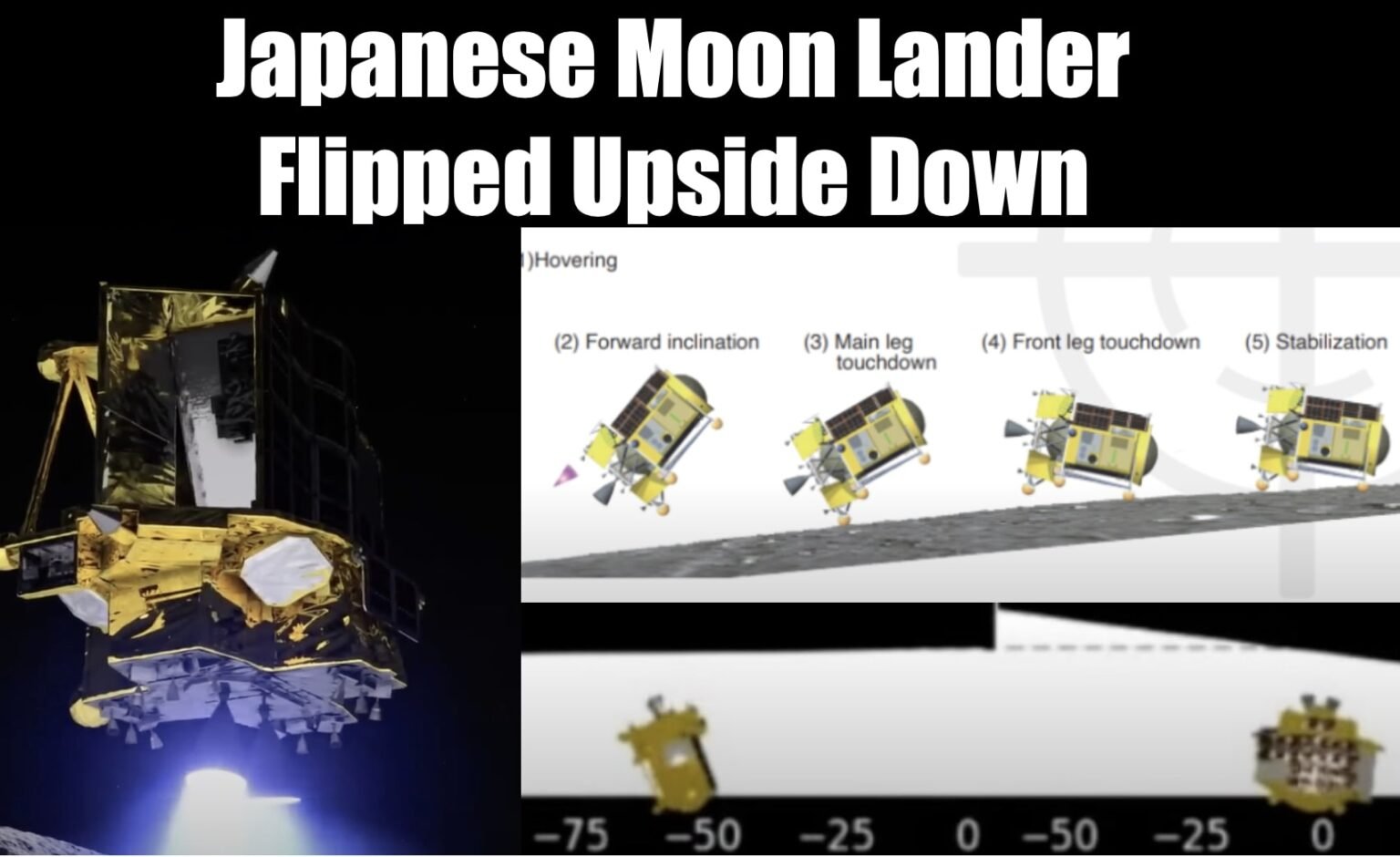NASA’s ambitious Artemis program aims to revolutionize lunar exploration by landing the first woman and the next man on the moon by 2026. Named after the Greek goddess of the moon, Artemis symbolizes a new chapter in space exploration, focusing on establishing a sustainable human presence on the moon.
Launching Artemis I
Artemis I, an uncrewed mission, marked the program’s first step. It launched in November last year, traveling over 1.4 million miles around the moon before splashing down in the Pacific Ocean. This mission tested the capabilities of the Space Launch System (SLS) and the Orion spacecraft, essential for future deep-space exploration.
Gearing Up for Artemis II
Next, NASA plans to launch Artemis II, its first crewed mission. This mission, scheduled for next year, will take astronauts around the moon. They will test life support, propulsion, and navigation systems crucial for landing on the moon. Artemis II sets the stage for Artemis III, aiming to land astronauts on the lunar surface for exploration and scientific research.
Embracing Diversity
The Artemis program also celebrates diversity. Victor Glover will become NASA’s first black astronaut to orbit the moon on Artemis II. His selection reflects the progress made in diversifying the astronaut corps. Christina Koch will join him, aiming to be the first woman to orbit the moon. Koch, known for her record-breaking spaceflight and participation in the first all-female spacewalk, highlights NASA’s commitment to gender equality.
Looking Forward
The Artemis program is more than a moon mission; it’s a stepping stone to Mars and beyond. By establishing a lunar presence, NASA will test new technologies and conduct research to pave the way for a lunar economy. These missions are crucial for the next giant leap: sending humans to Mars.
As we embark on this new era of exploration, the Artemis program embodies our spirit of discovery and ambition to explore the cosmos. It not only revisits a familiar celestial body but also prepares us for future human exploration in space.
For more information on NASA’s future missions and how they’re preparing for the next era of space exploration, visit NASA’s official website.
